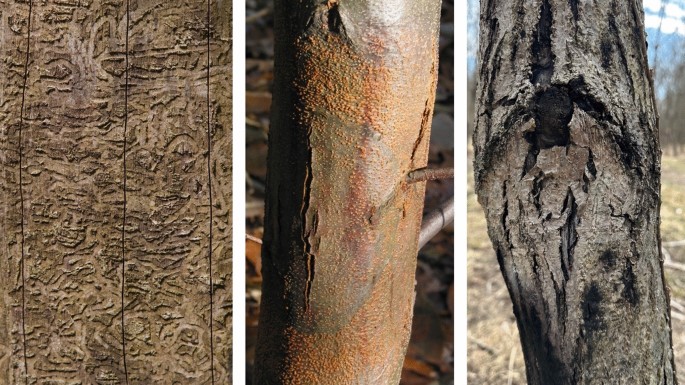2023-07-05 パデュー大学
◆バイオテクノロジーは遺伝子工学だけでなく、さまざまな技術で構成されており、病害虫抵抗性の向上などに活用できます。しかし、遺伝子工学とバイオテクノロジーを混同する誤解もあります。一部の種は伝統的な育種では対処できず、遺伝子工学が必要になる場合もあります。種の保護と生態系の回復には、バイオテクノロジーの利用と公衆の受け入れが必要です。今後の研究と国際協力が重要です。
<関連情報>
- https://www.purdue.edu/newsroom/releases/2023/Q3/biotechnology-offers-holistic-approach-to-restoration-of-at-risk-forest-tree-species.html
- https://link.springer.com/article/10.1007/s11056-023-09980-y
バイオテクノロジーを利用した危機に瀕した森林樹種の再導入は、科学的な情報に基づき、国民の支持を得た規制政策にかかっている。 Reintroduction of at-risk forest tree species using biotechnology depends on regulatory policy, informed by science and with public support
Douglass F. Jacobs,R. Kasten Dumroese,Andrea N. Brennan,Faith T. Campbell,Anna O. Conrad,Jason A. Delborne,Sara Fitzsimmons,David Flores,Christian P. Giardina,Leigh Greenwood,Juan A. Martín,Scott A. Merkle,C. Dana Nelson,Andrew E. Newhouse,William A. Powell,Jeanne Romero-Severson,David N. Showalter,Richard A. Sniezko,Steven H. Strauss,Jared Westbrook & Paul Woodcock
New Forests Published:12 June 2023
DOI:https://doi.org/10.1007/s11056-023-09980-y

Abstract
Introduced pests (insects and pathogens) have rapidly increased the numbers of at-risk native forest tree species worldwide. Some keystone species have been functionally extirpated, resulting in severe commercial and ecological losses. When efforts to exclude or mitigate pests have failed, researchers have sometimes applied biotechnology tools to incorporate pest resistance in at-risk species to enable their reintroduction. Often erroneously equated solely with genetic engineering, biotechnology also includes traditional and genome informed breeding—and may provide a holistic approach toward applying genomic-based information and interventions to increase tree species’ pest resistance. Traditional tree breeding is responsible for successes to date, but new technologies offer hope to increase the efficiency of such efforts. Remarkable recent progress has been made, and for some at-risk species, novel biotechnological advances put reintroduction within reach. The high costs of reintroduction of at-risk species at necessary scale, however, will initially limit the pursuit to a few species. Successful deployment of pest resistant material may require improved species-specific knowledge and should integrate into and leverage existing reforestation systems, but these operations are sometimes rare where pest threats are greatest. While use of some biotechnologies, such as traditional tree breeding, are commonplace, others such as genetic engineering are controversial and highly regulated, yet may be the only viable means of achieving reintroduction of some at-risk species. Efforts to modify policy toward allowing the use of appropriate biotechnology, especially genetic engineering, have lagged. Provided that risk-benefits are favorable, policy is likely to follow with public opinion; in some countries, society is now increasingly open to using available biotechnologies. Continued engagement using the most recent advances in social science to build public trust, combined with a science-based collaboration among land managers and regulators, will generate the collective momentum needed to motivate policymakers to act rapidly given the speed at which forest health threats unfold and the large areas they affect.


